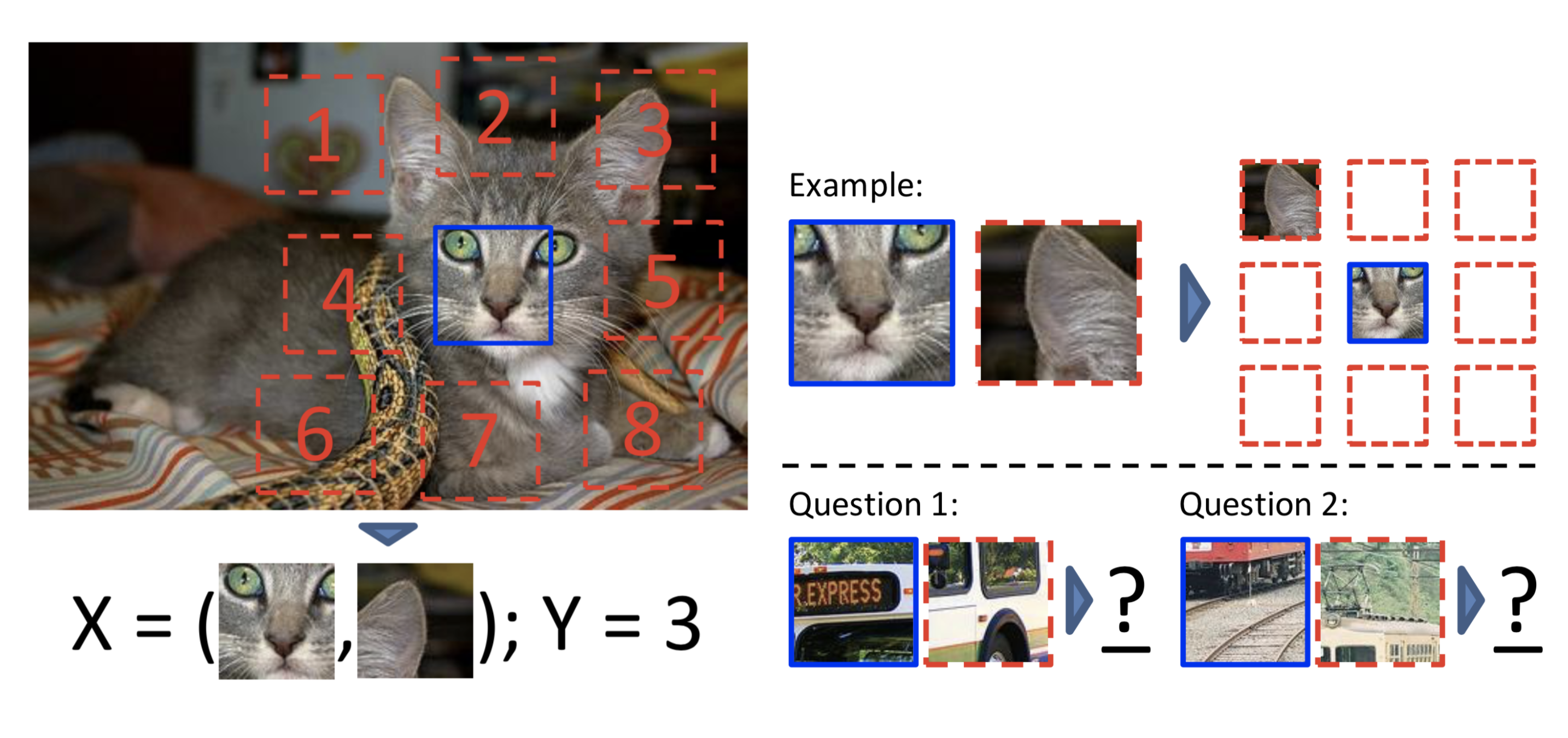

Print("The list of classes: ", idx2label) Label2index = validation_generator.class_indices Ground_truth = validation_generator.classes # Utility function for obtaining of the errorsĭef obtain_errors(val_generator, predictions): Thus, for fine-tuning, we want to keep the initial layers intact ( or freeze them ) and retrain the later layers for our task. However, training a deep neural network often requires a large data set. As explained here, the initial layers learn very general features and as we go higher up the network, the layers tend to learn patterns more specific to the task it is being trained on. PDF Deep learning has been widely used in data-intensive applications.

This is a generative use case so you would want to ensure that the samples you provide are of the highest quality, as the fine-tuned model will try to imitate the style (and mistakes) of the given examples. The task of fine-tuning a network is to tweak the parameters of an already trained network so that it adapts to the new task at hand. Using Lower learning rate and only 1-2 epochs tends to work better for these use cases Case study: Write an engaging ad based on a Wikipedia article. Huge computing power required – Even if we have a lot of data, training generally requires multiple iterations and it takes a toll on the computing resources.

Huge data required – Since the network has millions of parameters, to get an optimal set of parameters, we need to have a lot of data.Just to recap, when we train a network from scratch, we encounter the following two limitations : We have already explained the importance of using pre-trained networks in our previous article. We will be using the same data for this tutorial. We will try to improve on the problem of classifying pumpkin, watermelon, and tomato discussed in the previous post.
#Finetune learning how to#
In this tutorial, we will learn how to fine-tune a pre-trained model for a different task than it was originally trained for. In the previous two posts, we learned how to use pre-trained models and how to extract features from them for training a model for a different task.


 0 kommentar(er)
0 kommentar(er)
